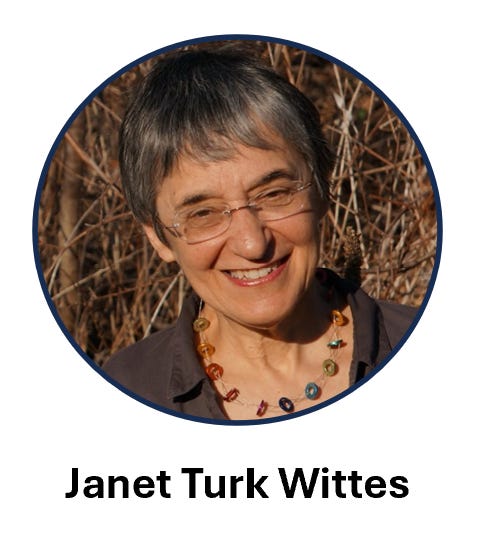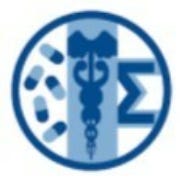Weekly Reading List: May 19, 2025
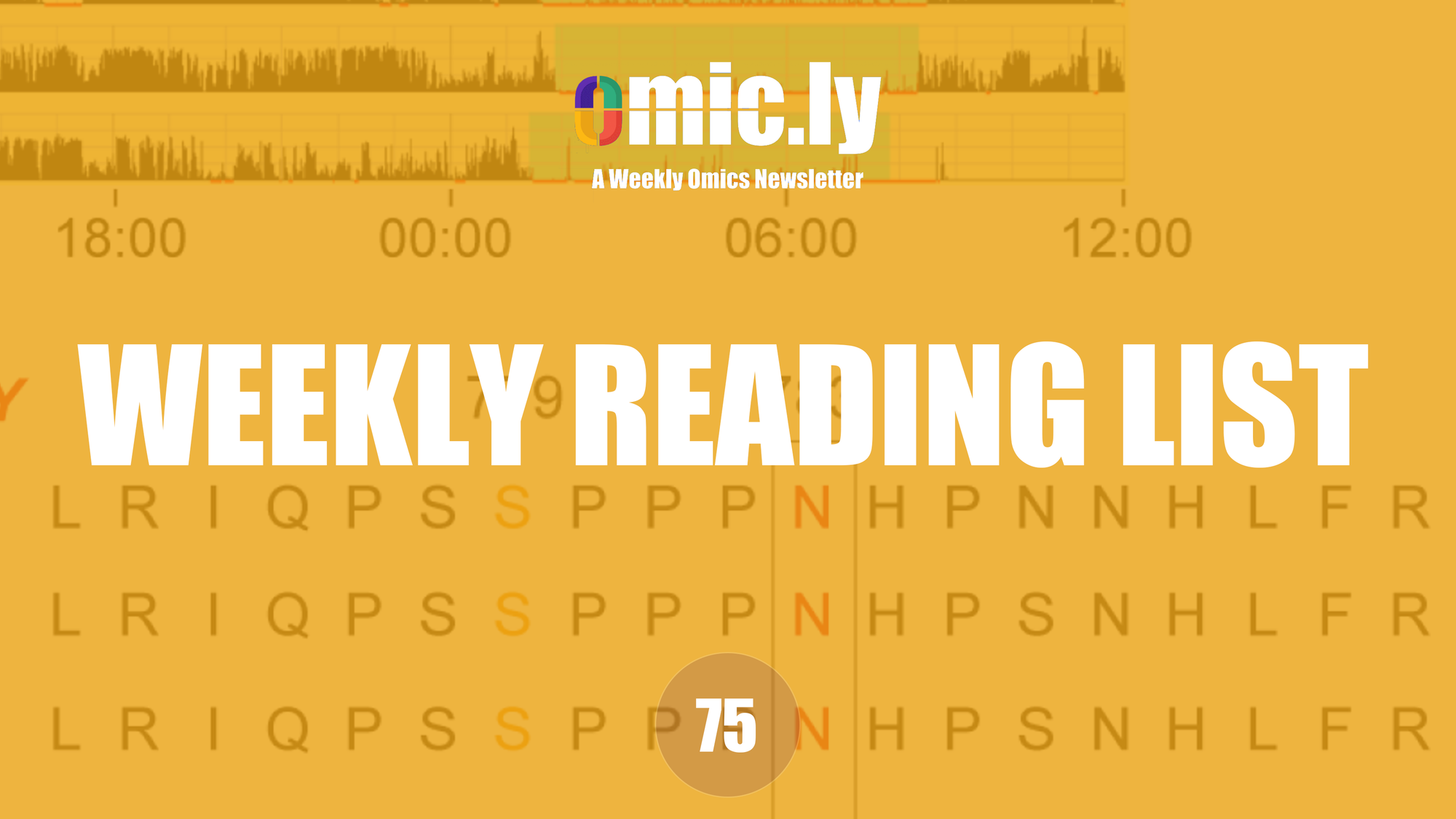
A bespoke CRISPR therapy suggests a blueprint for treating ‘N-of-1’ diseases
A gene editing drug custom-made for a critically ill baby showed that, for some ultra-rare diseases, it’s possible to design and test a new CRISPR medicine in just a few months.
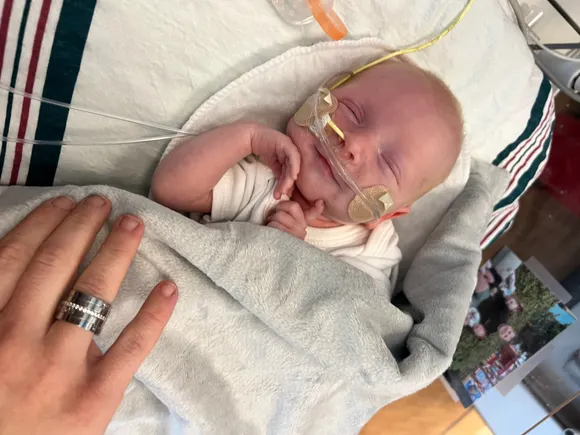
DNA origami signal amplification in lateral flow immunoassays - Nature Communications
Lateral flow immunoassays (LFIAs) enable a rapid detection of analytes in a simple, paper-based test format, but their low sensitivity limits their applications. Here, the authors report a DNA origami-based signal amplification technology for LFIAs and apply it for the detection of cardiac troponin I in human serum.
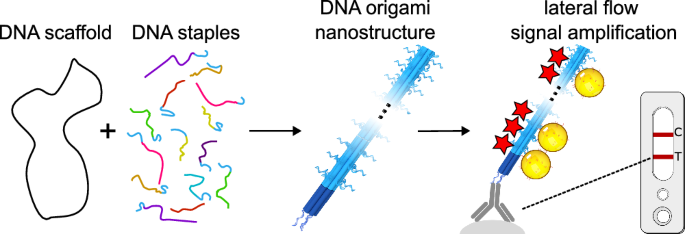
Illumina Sues Element Biosciences for Patent Infringement
Illumina on Thursday filed a lawsuit against Element Biosciences, alleging infringement of several of its patents covering automated genetic sequencing, GenomeWeb has learned.
Why We Need More Transparency in Microbiome Testing
🧬 One Stool Sample – Three Labs – Three Different Realities Over the past years, the microbiome has become one of the most exciting frontiers in health science. Promises range from better digestion and immune regulation to mood support and chronic disease prevention.

Near-complete Middle Eastern genomes refine autozygosity and enhance disease-causing and population-specific variant discovery - Nature Genetics
Generation and analysis of high-quality, genome assemblies from Middle Eastern trios demonstrate the utility of ancestry-matched data and assembly-based variation analysis.
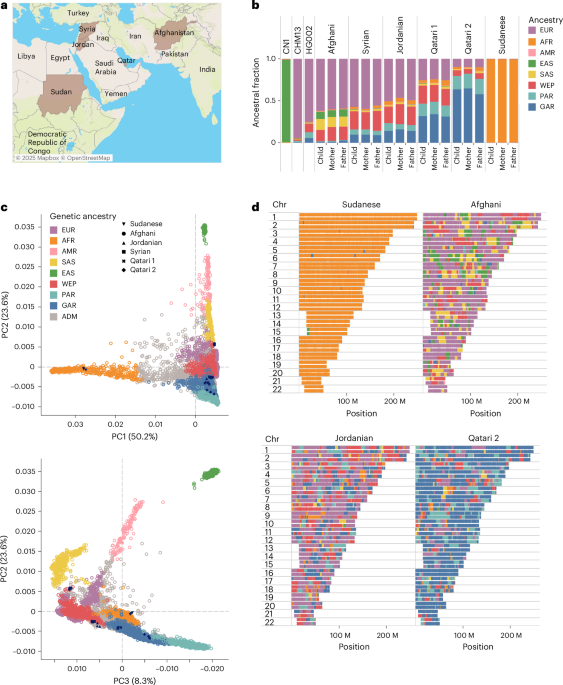
Learning the natural history of human disease with generative transformers
Decision-making in healthcare relies on the ability to understand patients’ past and current health state to predict, and ultimately change, their future course. Artificial intelligence (AI) methods promise to aid this task by learning patterns of disease progression from large corpora of health records to predict detailed outcomes for an individual. However, the potential of AI has not yet been fully investigated at scale. Here, we modify the GPT (generative pretrained transformer) architecture to model the temporal progression and competing nature of human diseases in a population scale cohort. We train this model, termed Delphi-2M, on data from 0.4 million participants of the UK Biobank and validate it using external data from 1.9 million Danish individuals with no change in parameters. Delphi-2M predicts the rates of more than 1,000 different ICD-10 coded diseases and death, conditional on each individual’s past disease history, age, sex and baseline lifestyle information, and with accuracy comparable to existing single-disease models. Delphi-2M’s generative nature also enables sampling future health trajectories at any point within an individual’s life course with outcomes across the entire disease spectrum. Sampled health trajectories provide meaningful estimates of future disease burden for up to 20 years and enable training AI models which have never seen actual data. Explainable AI methods provide insights into Delphi-2M’s predictions, revealing temporal clusters of co-morbidities within and across different disease chapters and their time-dependent consequences on the future health course. These analyses, however, also reveal that biases underlying the available training data, which in the case of the UK Biobank stem from distinct healthcare sources, are learned and highlighted. In summary, GPT-based models appear well suited for predictive and generative health-related tasks, are applicable to population scale health data sets and provide insights into the temporal dependencies of past events that shape future health, impacting our ability to obtain an instantaneous view of personalised health state. ### Competing Interest Statement A preliminary patent has been filed for modelling time-dependent health data with generative transformers. ### Funding Statement We acknowledge the following sources of funding: Novo Nordisk Foundation grant NNF17OC0027594 (K.G., A.W.J., E.B., M.G.), the Robert Bosch Foundation (M.G.) and from the EMBL European Bioinformatics Institute (EMBL-EBI) (E.B., T.F., A.W.J.). ### Author Declarations I confirm all relevant ethical guidelines have been followed, and any necessary IRB and/or ethics committee approvals have been obtained. Yes The details of the IRB/oversight body that provided approval or exemption for the research described are given below: The UK Biobank has received approval from the National Information Governance Board for Health and Social Care and the National Health Service North West Centre for Research Ethics Committee 532 (Ref: 11/NW/0382). This research was conducted using the UK Biobank Resource under project 49978. All investigations were conducted in accordance with the tenets of the Declaration of Helsinki. The use of the Danish National Patient Registry for validation of the UK Biobank results was conducted under the Danish Data Protection Act. Furthermore, the analysis was conducted under the information security and data confidentiality policies of Statistics Denmark, which is the Danish National Statistical Institution. I confirm that all necessary patient/participant consent has been obtained and the appropriate institutional forms have been archived, and that any patient/participant/sample identifiers included were not known to anyone (e.g., hospital staff, patients or participants themselves) outside the research group so cannot be used to identify individuals. Yes I understand that all clinical trials and any other prospective interventional studies must be registered with an ICMJE-approved registry, such as ClinicalTrials.gov. I confirm that any such study reported in the manuscript has been registered and the trial registration ID is provided (note: if posting a prospective study registered retrospectively, please provide a statement in the trial ID field explaining why the study was not registered in advance). Yes I have followed all appropriate research reporting guidelines, such as any relevant EQUATOR Network research reporting checklist(s) and other pertinent material, if applicable. Yes UK Biobank data are available under restricted access through a procedure described at <http://www.ukbiobank.ac.uk/using-the-resource/>. Model weights will be made available through UK Biobank’s controlled access system. Danish registry data are available for use in secure, dedicated environments via application to the Danish Patient Safety Authority and the Danish Health Data Authority via [https://sundhedsdatastyrelsen.dk/da/english/health\_data\_and\_registers/research\_services/apply][1]. [1]: https://sundhedsdatastyrelsen.dk/da/english/health_data_and_registers/research_services/apply
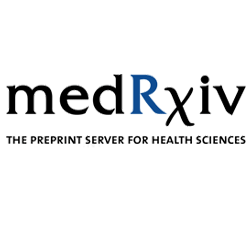
InstaNovo enables diffusion-powered de novo peptide sequencing in large-scale proteomics experiments - Nature Machine Intelligence
InstaNovo, a transformer-based model, and InstaNovo+, a multinomial diffusion model, enhance de novo peptide sequencing, enabling discovery of novel peptides, improved therapeutics sequencing coverage and detection of unreported organisms in proteomics studies
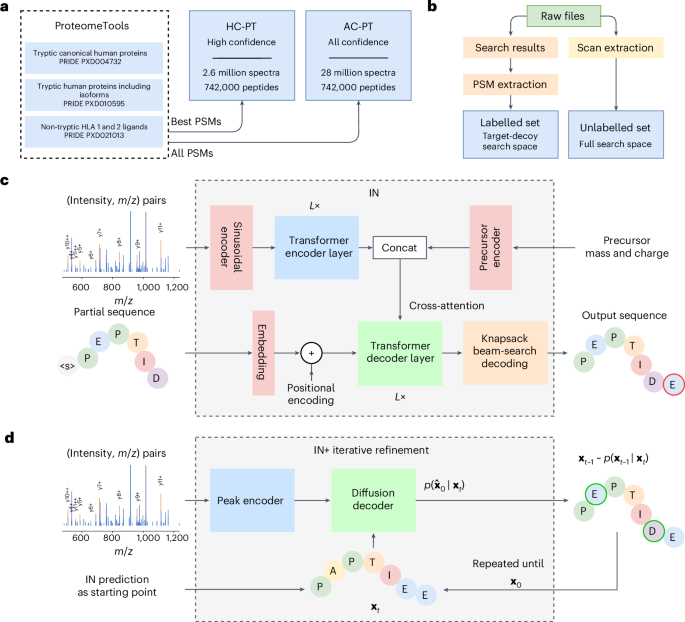
FDA Approves At-Home Self-Collection Device for Cervical Cancer Screening
Teal Health announced the FDA’s approval of the Teal Wand, an at-home vaginal sample self-collection device for cervical cancer screening in the United States.

Distinct methylomic signatures of high-altitude acclimatization and adaptation in the Tibetan Plateau - Cell Discovery
Cell Discovery - Distinct methylomic signatures of high-altitude acclimatization and adaptation in the Tibetan Plateau
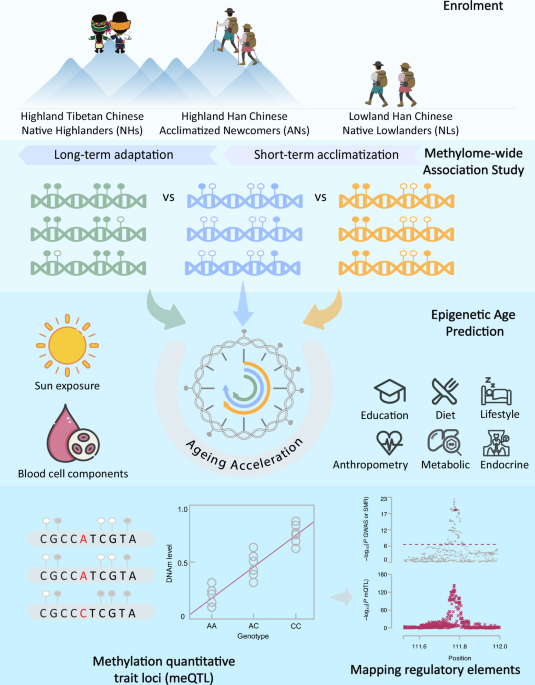
The Not-So-Glamorous Parts of Drug Development and Regulatory Science
Having been involved in all sides of medical product development (academia, clinical practice, medical products industry, and regulatory), I understand that the unveiling of results from a pivotal trial represents an exciting moment in medical product development, and that arguments over how to interpret those results can add to the drama.

The SIK3-N783Y mutation is associated with the human natural short sleep trait
A mutation in salt-induced kinase 3 (hSIK3-N783Y) is identified in a human subject exhibiting the natural short sleep duration trait. A mouse model carrying this homologous mutation demonstrates reduced sleep duration, confirming the mutation’s causality to the sleep trait. This mutation leads to decreased SIK3 activity and altered global protein phosphorylation profiles, especially for synaptic proteins. Further data analyses reveal additional kinases that could participate in the modulating network for sleep duration. These findings advance our understanding of the genetic underpinnings of sleep, highlight the broader implications of kinase activity in sleep regulation across species, and provide further support for potential therapeutic strategies to enhance sleep efficiency.
How We Pioneered Next Generation DNA Sequencing At Solexa – IV
The Tree
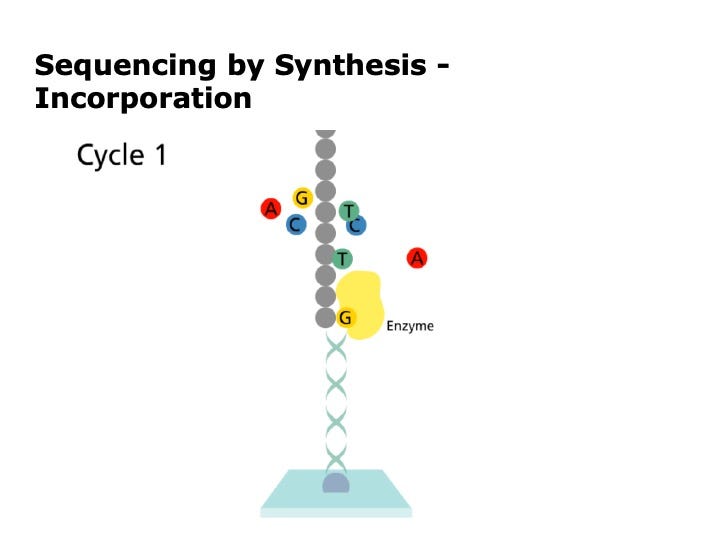
Cellanome: Powering the Era of Cell Biology
Every scientific revolution in biology starts with a breakthrough that provides deeper insights into life’s fundamental building blocks. The last decade brought the era of genomics, where decoding DNA unlocked an explosion of discovery, including key drivers of cancer, rare disease, and immune function. Armed with that understanding, scientists developed targeted medicines, cell and gene therapies, and ultimately the mRNA technology that defeated the COVID-19 pandemic. Yet, as important as DNA and RNA are, they are still incomplete because they are not living things. Instead, they matter because they shape the smallest atomic living unit – the cell.
Opinion: Why public science funding matters more than ever
Not long ago, I ran into a longtime Fleet Science Center member outside our Giant Dome theater. He had just seen a film about researchers behind the publicly funded James Webb Space Telescope. With…
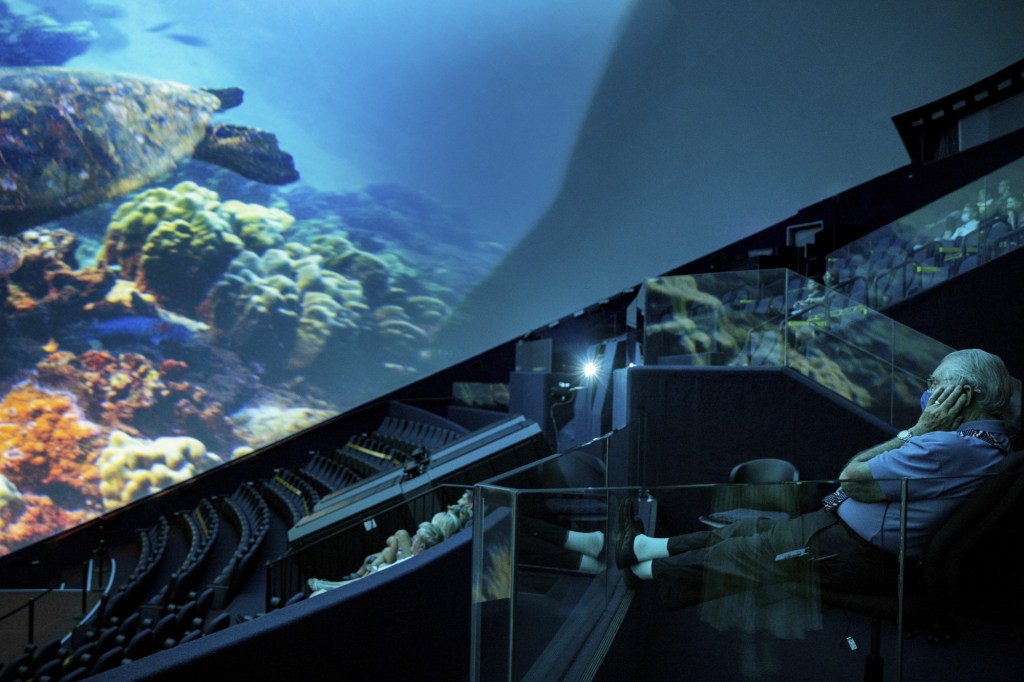
Your A.I. Radiologist Will Not Be With You Soon
Experts predicted that artificial intelligence would steal radiology jobs. But at the Mayo Clinic, the technology has been more friend than foe.
Circulating Tumor DNA–Guided Risk Stratification in Colorectal Cancer: Evolving Evidence and Future Utility
Circulating tumor DNA (ctDNA) has emerged as a promising biomarker in colorectal cancer, offering dynamic insight into disease burden and recurrence risk. However, questions remain about its clinical…
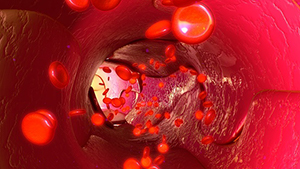
Admixture’s impact on Brazilian population evolution and health
Many medically relevant traits, such as drug metabolism, are characterized by some genetic variants having relatively large effects. However, it can be difficult to identify such variants when the genetic variation of a population is not well understood. Nunes et al. generated whole-genome sequence data for 2723 healthy individuals across Brazil, a population characterized by recent and unequal admixture among Indigenous Americans, Europeans, and African enslaved people.
Martin Makary outlines AI plans and the broader vision for his term as FDA commissioner
WASHINGTON, D.C.—FDA Commissioner Martin Makary, M.D., offered more details into the agency’s

‘About as close to aliens as we’ll ever get.’ Can AI crack animal language?
Dolittle Prize recognizes breakthroughs in translating “speech” of dolphins, cuttlefish, and other creatures
A spatiotemporal cancer cell trajectory underlies glioblastoma heterogeneity
Cancer cells display highly heterogeneous and plastic states in glioblastoma, an incurable brain tumour. However, how these malignant states arise and whether they follow defined cellular trajectories across tumours is poorly understood. Here, we generated a deep single cell and spatial multi-omic atlas of human glioblastoma that pairs transcriptomic, epigenomic and genomic profiling of 12 tumours across multiple regions. We identify that glioblastoma heterogeneity is driven by spatially-patterned transitions of cancer cells from developmental-like states towards those defined by a glial injury response and hypoxia. This cellular trajectory regionalises tumours into distinct tissue niches and manifests in a molecularly conserved manner across tumours as well as genetically distinct tumour subclones. Moreover, using a new deep learning framework to map cancer cell states jointly with clones in situ , we show that tumour subclones are finely spatially intermixed through glioblastoma tissue niches. Finally, we show that this cancer cell trajectory is intimately linked to myeloid heterogeneity and unfolds across regionalised myeloid signalling environments. Our findings define a stereotyped trajectory of cancer cells in glioblastoma and unify glioblastoma tumour heterogeneity into a tractable cellular and tissue framework. ### Competing Interest Statement J.S.R. reports funding from GSK, Pfizer and Sanofi & fees/honoraria from Travere Therapeutics, Stadapharm, Astex, Owkin, Pfizer, Grunenthal, Moderna and Tempus. O.S. is a paid advisor of Insitro. The other authors declare no competing interests. Wellcome Leap as part of the Delta Tissue
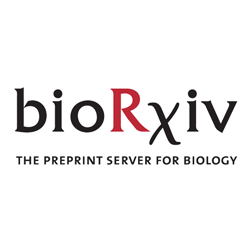
Rare genetic syndrome discovered in Emirati boy helps identify symptoms across Middle East | The National
Condition causes slower growth and abnormalities in the head and face

FDA Clears First Blood Test Used in Diagnosing Alzheimer’s Disease
The U.S. Food and Drug Administration cleared for marketing the first in vitro diagnostic device that tests blood, to aid in diagnosing Alzheimer’s disease.
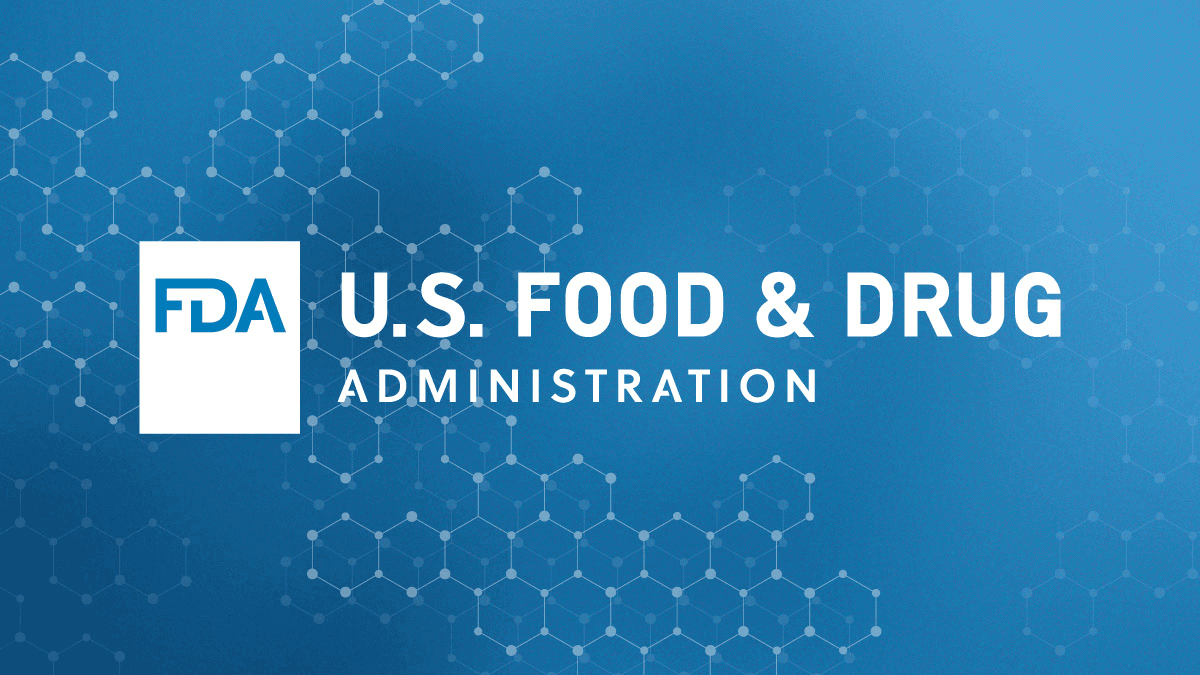
How to Irritate Regulators: A Primer
Janet Wittes (Florida Atlantic University, janet@wittesllc.com)
